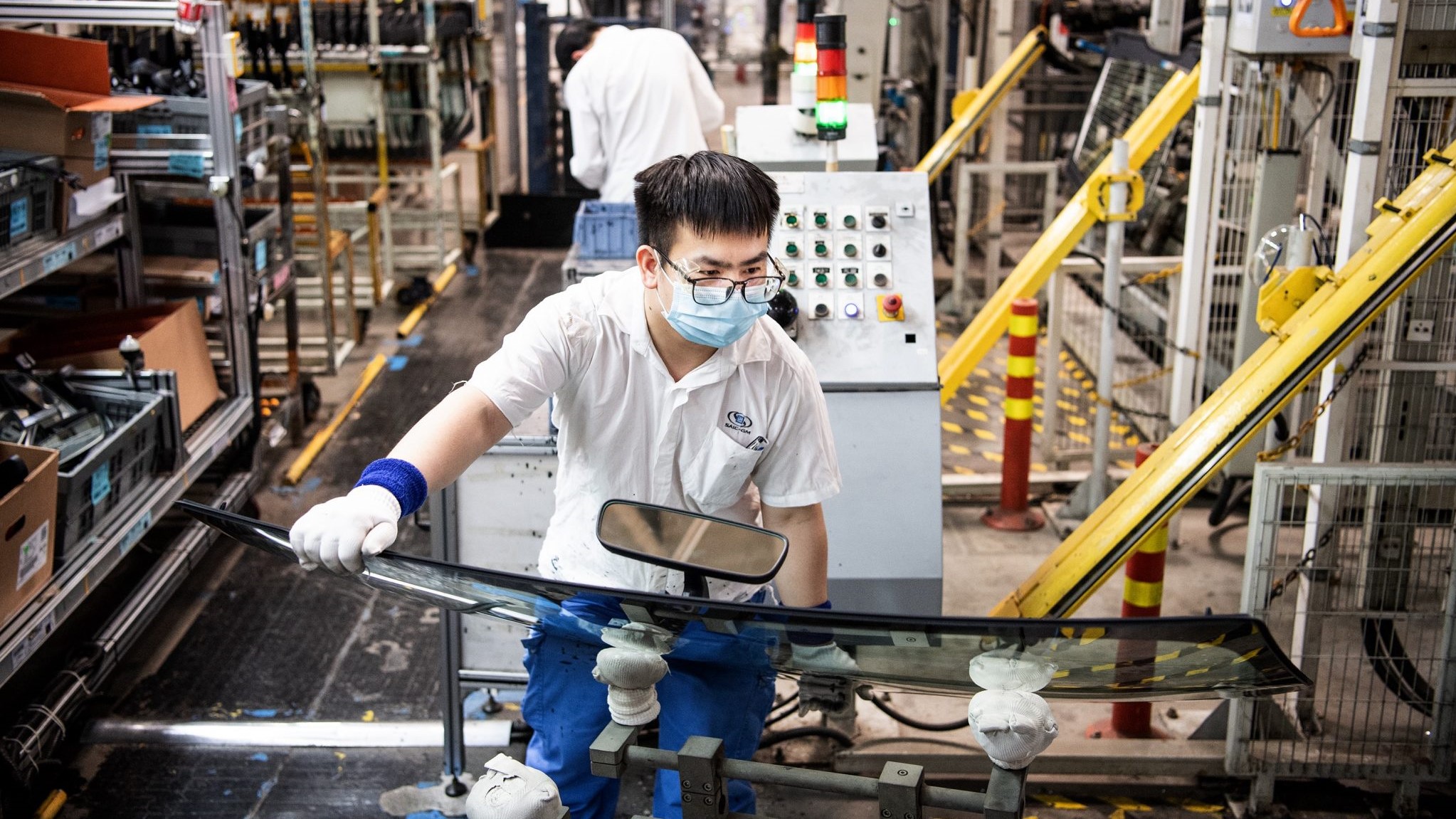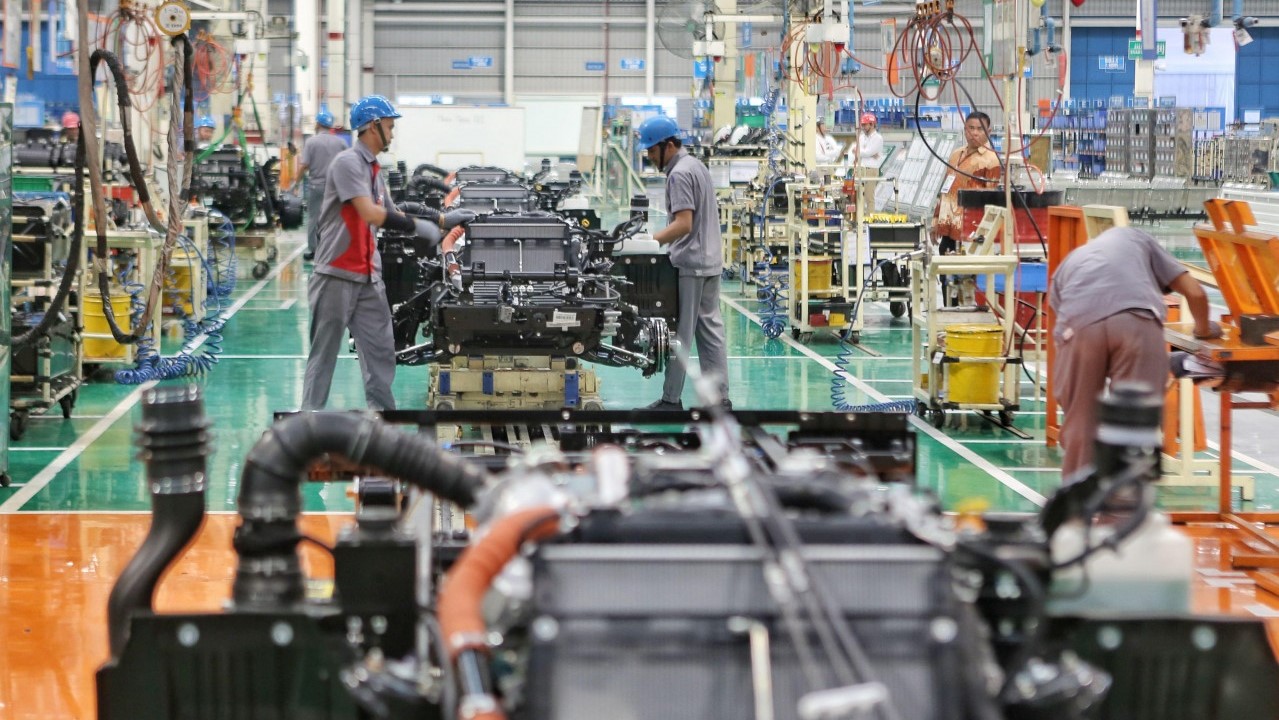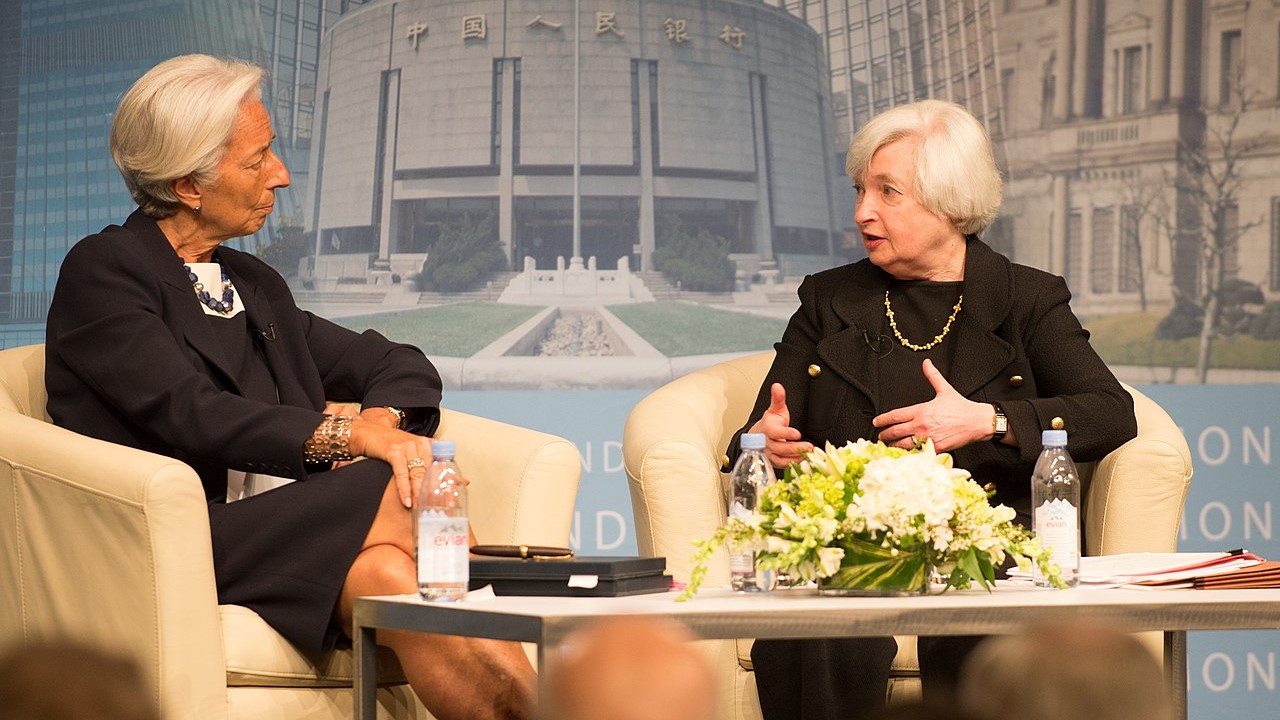Trade and geopolitics
China’s manufacturing dominance and the potential for weaponization of trade
Published 19 July 2022
While not unprecedented, China's accumulation of a significant amount of economic power in a short period of time has moved the world from a unipolar to a multipolar economic order. Understanding this change at a time of great power rivalry could be the key to future growth and adaptation as the global economic landscape is remade.
The apparent success of China’s mercantilist economic policies is causing a crisis of confidence among market-orientated countries. China, it seems, has gamed the multilateral system to accrue national power and this influence is now leveraged to reorder global institutions in a fashion more suited to the country's interests. As the world's dependency on China in the economic sphere continues to grow, what is in store for the future of trade and globalization?
This paper by Research Fellow Stewart Paterson is the first in a series to examine the elements that drive the dynamics of trade dependency with the world’s second largest economy.
Organized into four parts, the essay begins with an examination of China’s economic rise in the past four decades and ascertains the degree of power the country has accrued through its economic success. Secondly, the paper briefly surveys this rise in a historic context, highlighting previous shifts in economic power that have impacted trade and its relationship with great power rivalry.
The third section looks at the reasons behind the existence of the current multilateral system and asks if those reasons remain valid. Finally, the conclusion poses: What are the chances of the current multilateral system surviving? How can the international community best prepare for its breakdown?
Download the other papers in the Hinrich Foundation series on trade dependency:
© The Hinrich Foundation. See our website Terms and conditions for our copyright and reprint policy. All statements of fact and the views, conclusions and recommendations expressed in this publication are the sole responsibility of the author(s).







